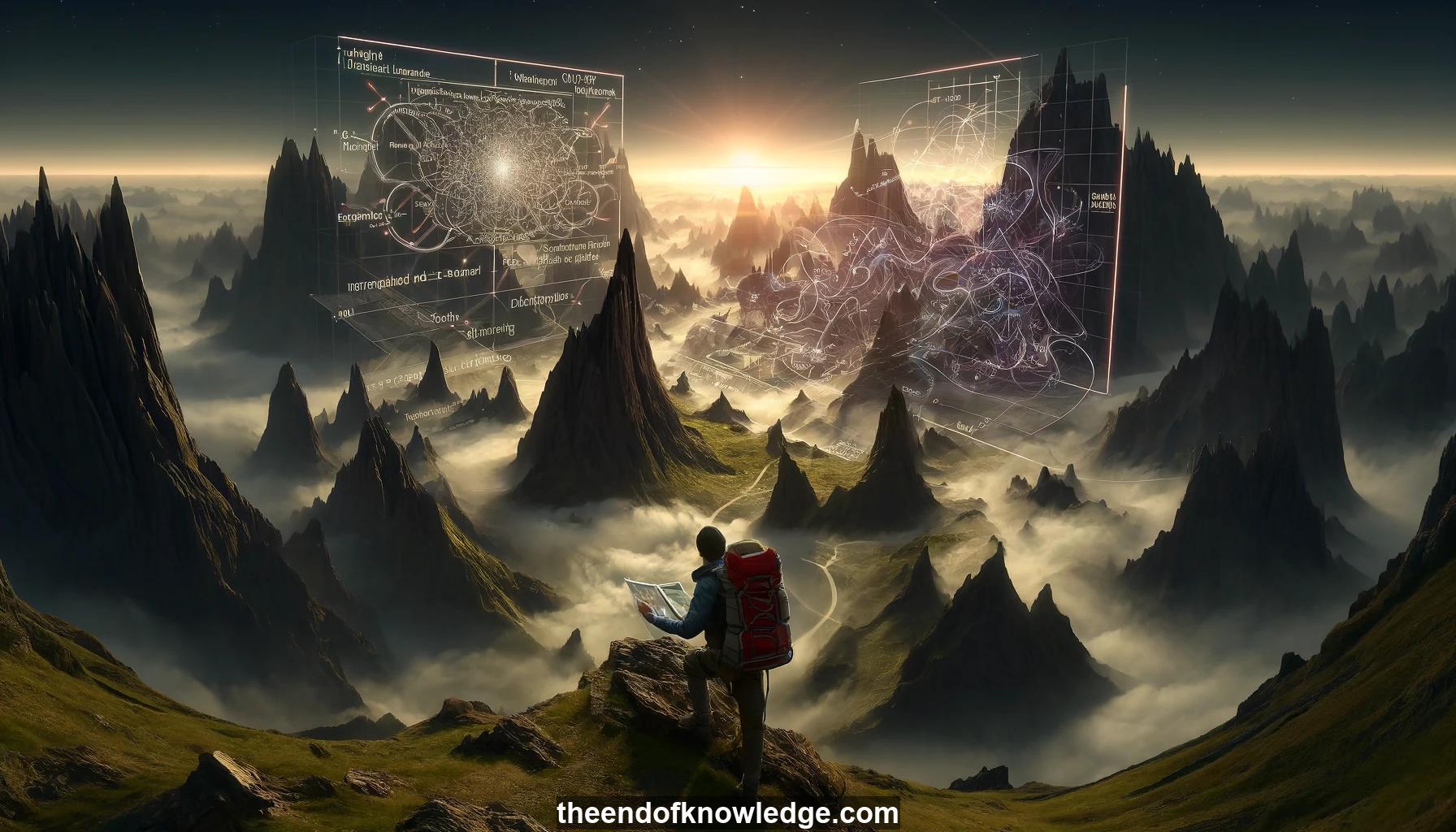 >
>
Concept Graph & Resume using Claude 3.5 Sonnet | Chat GPT4o | Llama 3:
Resume:
1.- Optimization is key to machine learning, but most objective functions are non-convex which makes optimization challenging.
2.- Non-convex functions can have multiple local optima. Saddle points also pose challenges and are more numerous than local optima.
3.- Saddle points have directions of improvement but gradient descent can get stuck due to small gradient values near saddle points.
4.- Symmetry and over-specification in models like neural networks lead to exponentially more equivalent solutions and saddle points.
5.- Escaping saddle points is important to avoid learning plateaus. Second-order methods like Newton's method fail near saddle points.
6.- A combination of first and second-order methods, checking negative curvature directions, can efficiently escape non-degenerate saddle points.
7.- Stochastic gradient descent with sufficient noise can also escape saddle points in polynomial time under smoothness assumptions.
8.- Degenerate saddle points with semi-definite Hessian are harder. Escaping them is NP-hard for higher-order derivatives.
9.- Matrix eigenvector problems are simple non-convex problems with one global optimum and saddle points determined by the Hessian.
10.- Tensor decomposition extends matrix problems but is harder - components can be linearly independent instead of orthogonal.
11.- Orthogonal tensor decomposition has exponential saddle points but all are non-degenerate. Gradient descent converges to global optima.
12.- A whitening procedure allows decomposition of non-orthogonal tensors when components are linearly independent. Noise analysis is challenging.
13.- Topic models and other latent variable models can be trained via moment estimation and tensor decomposition under conditional independence.
14.- Tensor methods are faster and more accurate than variational inference for topic modeling and community detection in practice.
15.- Convolutional dictionary learning finds compact representations via tensor decomposition, taking advantage of additional structure and symmetry.
16.- Fast text embeddings competitive with RNNs can be learned via tensor decomposition of low-dimensional word co-occurrences.
17.- Neural networks can be provably trained by decomposing a generalized moment involving a non-linear transformation (score function).
18.- The input density is needed to determine the score function for neural network training, connecting discriminative and generative learning.
19.- Reinforcement learning in partially observable domains benefits from tensor decomposition to model the hidden state transitions.
20.- Tensor RL is more sample-efficient than model-free deep RL in Atari games with partial observability.
21.- Non-convex optimization is an active research area. Stochastic gradient descent can escape saddle points but degenerate points are challenging.
22.- Tensor decomposition allows reaching global optima in non-convex problems but requires problem-specific moments. Extending to general losses is open.
23.- Tensor methods are currently faster and more accurate than alternatives but lack easy-to-use libraries and robustness to noise.
24.- Open problems include escaping higher-order saddle points, additional conditions for global optimality, and unifying non-convex analysis.
25.- The speaker provided resources including a blog, Facebook group, talk videos, papers and upcoming workshops on non-convex optimization.
Knowledge Vault built byDavid Vivancos 2024